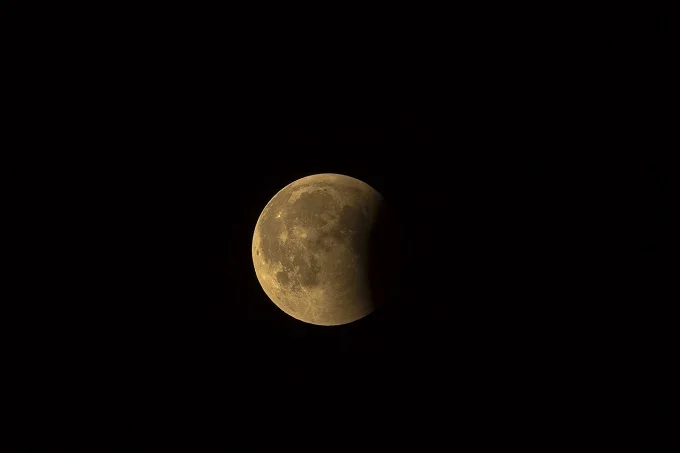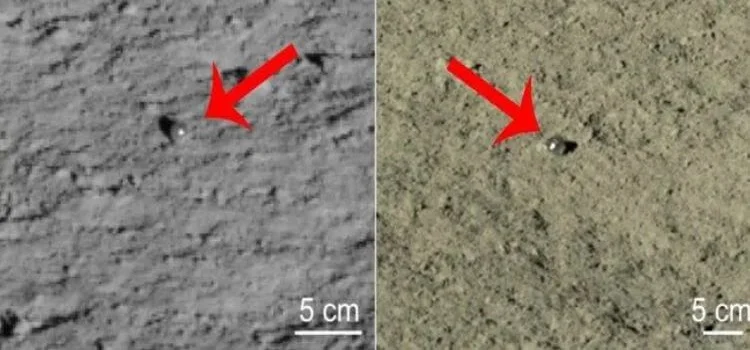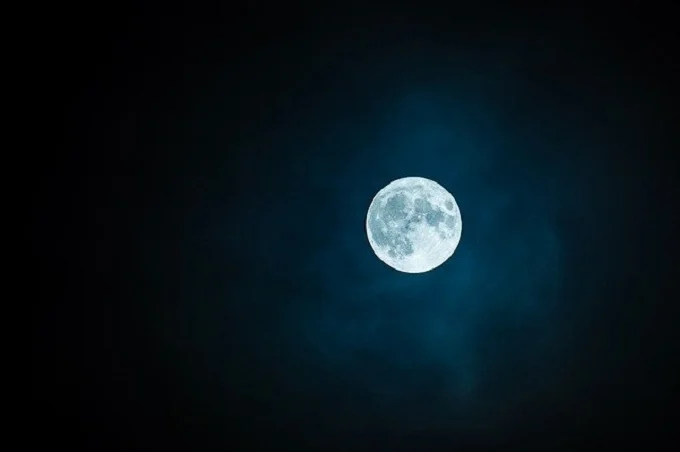Glass balls on the moon: true or optical illusion?

At the end of 2021, the Chinese lunar rover Yutu-2 sent a photo of a mysterious monolith that was discovered on the northern horizon of the far side of the Moon. Some people began to believe that the observed object was built by extraterrestrial civilizations, but scientists immediately assumed that it was an ordinary stone left after the fall of an asteroid. When the lunar rover approached the monolith, it turned out that the researchers were right – a small twisted stone fell into the field of view of the research apparatus.
The strict outlines that gave the object the shape of a “house” were just an optical illusion. Recently, the same Yutu-2 lunar rover noticed another strange object on the Moon – a group of glass balls. This time it is not an optical illusion but a completely understandable phenomenon.
How is glass formed on the Moon?
According to the scientific journal Science Bulletin, the balls shining among dry and gray dust are real – there is no optical illusion, they really shine. Scientists have known for a long time that glass can form on the Moon. It is known for certain that this material is formed when the minerals present in the soil are exposed to extremely high temperatures. Strong heat can be released when space objects fall on the surface of the Moon. Also, do not forget that once upon a time, there were active volcanoes on the satellite of our planet.
The authors of the publication Science Alert noted that glass beads are also formed on Earth. When a space object falls on the surface of the planet, a lot of heat is released. Under the influence of high temperatures, the Earth’s crust melts and sprays into the air. The molten material solidifies and falls back into tiny glass beads.

Origin of glass marbles on the Moon
According to planetary geologist Zhiyong Xiao, it is most likely that the glass balls were formed as a result of the eruption of ancient volcanoes. If this is true, then the balls were formed from volcanic glass, which is commonly called anorthosite.
However, this statement should be treated with some skepticism. Previously, astronomers have already found glass beads on the Moon – for example, such objects were found as part of the Apollo 16 space mission. In fairness, it should be noted that they had a millimeter diameter. But the balls discovered by the lunar rover measure from 15 to 25 millimeters in diameter.
Another group of scientists believe that both those and other balls were formed as a result of a space object falling on the Moon. This is hinted at by the fact that glass fragments lie near lunar craters. In addition to two transparent balls, the scientists saw four other spherical fragments. They also shine, but at the moment, scientists cannot determine whether they are transparent or not. Scientists do not rule out that the glass beads were formed long ago, and during the fall of a space object, they were simply extracted to the surface.
What secrets does the Moon hold in itself?
At the moment, everything written above is just speculation. To find out how glass marbles were formed and what they are made of, scientists need to study glass marbles in the laboratory. Thanks to the work of the Yutu-2 lunar rover, researchers have expanded the scope of research. It is possible that during the study of glass fragments from the surface of the Moon, scientists will learn a lot of interesting things about the history of formation and the properties of the satellite of our planet.
In addition to the Yutu-2 lunar rover, other research vehicles are also engaged in studying the surface of the Moon. One of them some time ago was the Chinese Chang’e-5, which became the first device in 40 years to successfully deliver samples of lunar soil to Earth.
In total, the researchers had at their disposal about 60 ounces of soil and rock samples, which they are studying. At the moment, the most interesting thing is whether it is possible to extract substances useful for humans from lunar rocks. For example, it would be very good to learn how to extract drinking water on the Moon because people want to build a station there in the future.
To get the latest stories, install our app here.



